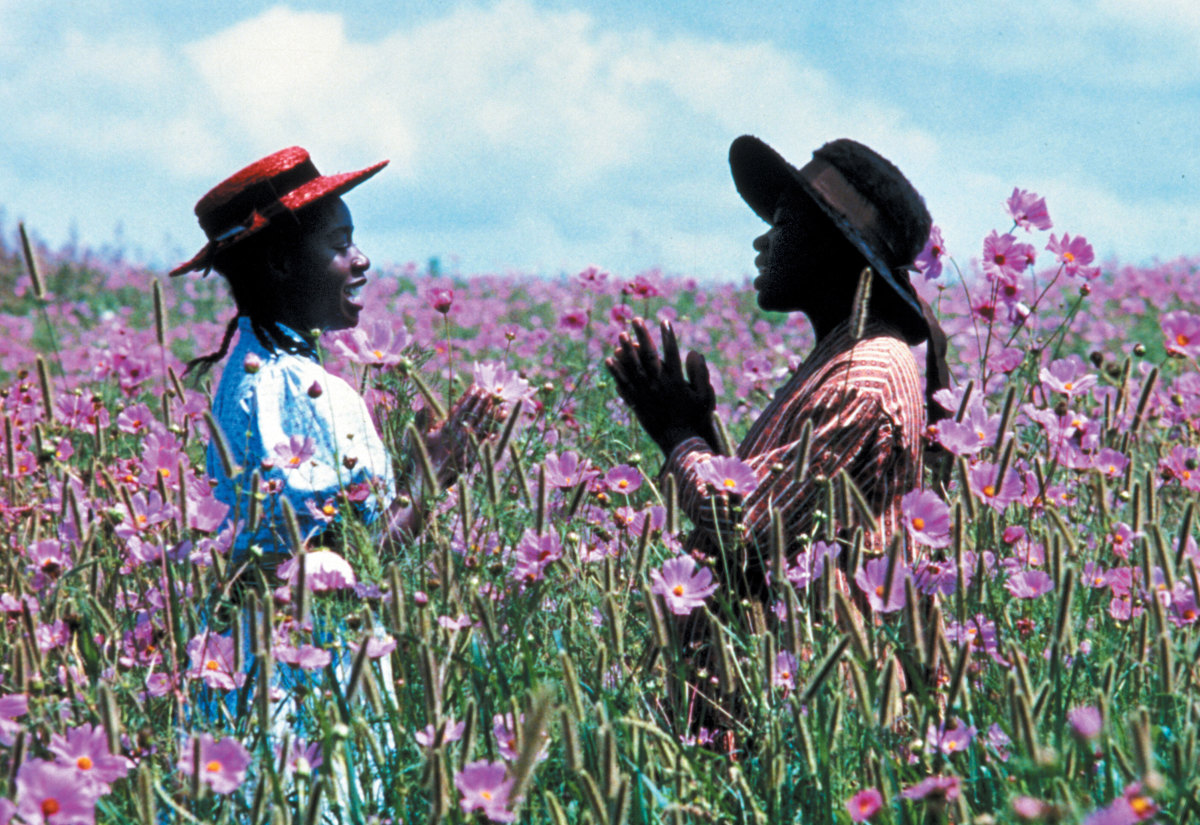Reviewing the 1982 Musical adaptation of “The Color Purple” which features lyrics straight out of the book, expect to see a film adaptation in 2023. PHOTO CREDIT: Tampa Bay Times
Forty years ago in 1982, Alice Walker’s novel “The Color Purple” was released, and three years later, it would be adapted into the 1985 Steven Spielberg film that launched the acting careers of both Whoopi Goldberg and Oprah Winfrey.
Like many, the classic film was my first encounter with “The Color Purple.” I watched it about eight years ago and was immediately enraptured by the story of Celie (Goldberg), a young African American girl in the South in the early 1900s who faces poverty, abuse, racism, sexism and more before finding her own self-worth. As a young woman, her father, who has taken away her own two children, gives her away to Mister (Danny Glover), who is abusive towards her and separates her from her younger sister Nettie (Akosua Busia) in one of the most heartbreaking scenes I’ve ever seen.
Mister has a son named Harpo (Willard Pugh) who marries Sofia (Winfrey) who, unlike Celie, does not stand for any type of abuse towards her, especially from her husband. With the help of Sofia and Mister’s longtime mistress and showgirl Shug Avery (Margaret Avery), Celie finds her own strength to leave Mister and become self-sufficient and successful.
It’s an often depressing, but an overall inspiring story that has stood the test of time and was even made into a musical that first opened in 2005 and was then revived in 2015 starring Cynthia Erivo as Celia in a Tony Award-winning turn, Danielle Brooks as Sofia and Jennifer Hudson as Shug Avery. This revival was my second experience with Celie’s story and probably my favorite of the adaptations.
The music and lyrics themselves are often lifted straight from Walker’s text, which is presented as a series of letters that Celie wrote to God. The final song in the show, “The Color Purple (Reprise)” is lifted almost word-for-word from the book’s final chapter.
The revival’s staging was incredibly simple with a set made up of chairs and sheets that the cast and ensemble moved on and offstage themselves. The success of the revival was also shouldered by amazing vocal and acting performances from the actresses. Goldberg and Winfrey’s monologues in the film have stuck with me so the women in this revival had a lot to live up to. Thankfully, they delivered.
Yet comparing the film to the musical doesn’t feel as appropriate as comparing the film to the book and the book to the musical given the difference in the emphasis on the relationships Celie has. The film gives far more attention to Celie’s friendship with Sofia and little to Shug as her lover while the musical does the opposite, which is much more in line with the book.
It wasn’t until after watching both the film and musical that I decided to read the book. I was immediately struck by the format of the prayers/letters and the language that was used to show that Celie was poor and uneducated. The characters in the movie and musical bring this particular vernacular to life but it’s much different reading it than hearing it. I definitely recommend reading it if you’re a fan of the film, musical or both. It’s clear that the reason both of them are successful is because of Walker’s words.
A film adaptation of the musical is set to be released on December 20, 2023, with a star-studded cast that features Fantasia, Colman Domingo, Taraji P. Henson, Danielle Brooks, Ciara, H.E.R., Halle Bailey and more. While it will be some time before the musical comes to the screen, I’m incredibly excited to see how it compares to what came before it.
“The Color Purple” is an extremely impactful, powerful, inspiring and, unfortunately, still relevant story and I’m glad it continues to get celebrated in all its forms 40 years later.




